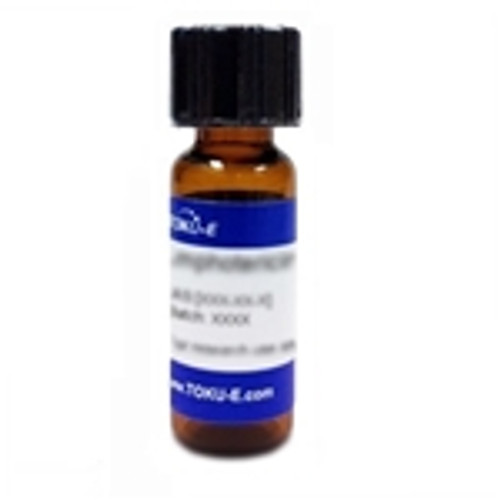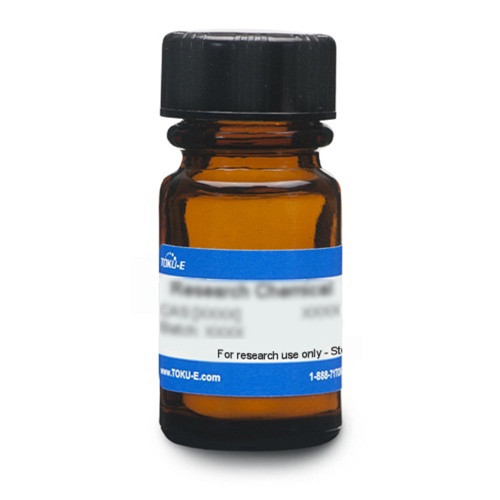Dalbavancin is a second generation, semi-synthetic lipoglycopeptide antibiotic that is active against Gram-positive bacteria. It was designed to improve upon the natural glycopeptides currently available (vancomycina and teicoplanin) and was launched in 2014. It is used to combat the bacteria causing acute bacterial skin and skin structure infections.
| Mechanism of Action | Dalbavancin HCl disrupts cell wall biosynthesis. It binds to the D-alanyl-D-alanyl residue on growing peptidoglycan chains and prevents transpeptidation. Unlike naturally occurring glycopeptides, Dalbavancin can dimerize and anchors itself in the bacterial membrane whcih improves stabilizationa nd increases its affinity for peptidoglycan. |
| Microbiology Applications | Dalbavancin has more potent in vitro bactericidal activity than vancomycin or teicoplanin against many resistant organisms such as MRSA and Methicillin-resistant Staphylococcus epidermidis (MRSE). It is active in vitro against S. pneumonieae, S. pyogenes, vancomycin-Sensitive Enterococcus. |
| Molecular Formula | C88H100Cl2N10O28 . HCl |
| References | Bennett JW, Lewis JS and Ellis MW (2008) Dalbavancin in the treatment of complicated skin and soft-tissue infections: A review. Ther. Clin. Risk Manag. 4(1):31-40 PMID 18728718 Guo Z (2016) The modification of natural products for medical use. Acta Pharm. SIn. B 7(2):119-136 PMID 28303218 Hobdey SE et al (2017) Subinhibitory Dalbavancin Attenuates Exotoxin Production from Methicillin-Sensitive and Methicillin-Resistant Staphylococcus aureus In Vitro. Antimicrob Agents Chemother. 61(11). pii: e01090-17 28874375 |







